
Today, we’re taking an in-depth look at the brand-new Fitbit Charge 6, the latest in Fitbit’s most popular line of fitness trackers. It offers a wide range of premium features at a very reasonable price of just $159.
As the first Charge model to be released after Fitbit was acquired by Google, the Charge 6 also introduces new integrations. These include route navigation with Google Maps, music control with YouTube Music, and direct access to Google Wallet.
Fitbit Charge 6 – video review
Subscribe to Connect The Watts for more connected fitness news, updates, tips, and guides.
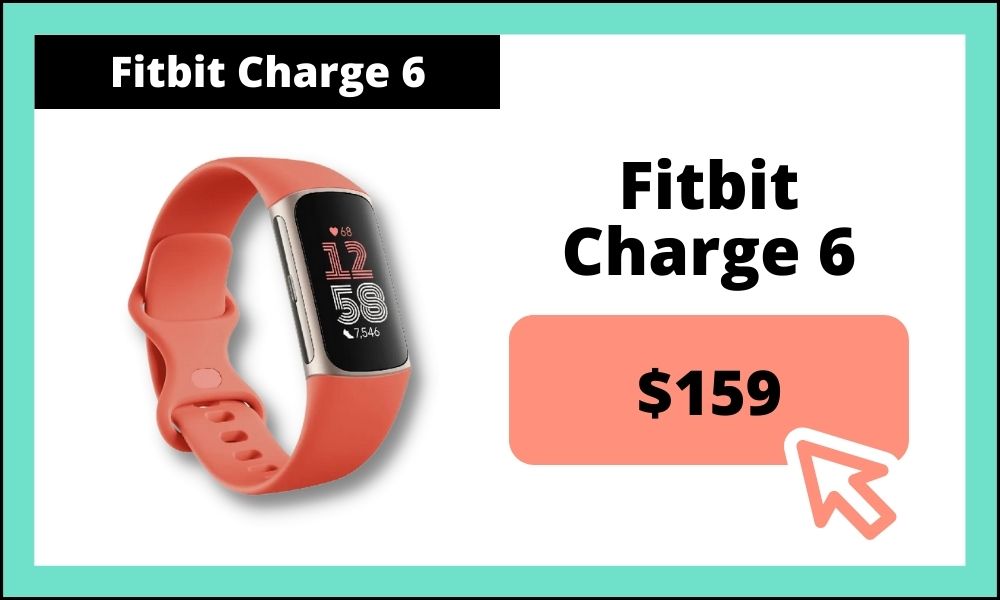
Fitbit Charge 6 design
Looking at the Charge 6, you’d be pretty hard-pressed to tell the difference between it and the previous Charge 5. It’s roughly the same size and weight with the same bright and colorful AMOLED display.
Part of what makes Fitbit a popular option is just how easy it is to use and navigate, and that has stayed the same as well. You can swipe up to see some of your daily health metrics, swipe down to adjust settings, and swipe left or right to get to various features like starting a workout.
It also comes with a silicone band in the box, which I found pretty comfortable to wear. And that band comes in two sizes, small and large, depending on your wrist circumference.

Battery Life
In terms of battery life, not much has changed either, with the Fitbit Charge 6 offering the same 7-day max battery life as the Charge 5. However, this will depend on your settings and how much you use the internal GPS.
If you turn on the always-on display and use an hour or so of the internal GPS each day, the battery life is much closer to two days. You’ll definitely want to play around with the settings to find the mixture of features and battery life that best works for you.

GPS and navigation
Speaking of GPS, having an internal GPS is one of the things that make the Charge 6 unique when compared to, for example, Fitbit’s lower-priced Inspire fitness tracker.
To save battery, the Charge 6 defaults to using your phone’s GPS when in range and using its own when not. However, I wanted to test how well the GPS works on its own when not connected to the phone, and unfortunately, so far, this has been pretty bad. The GPS often struggles to be even remotely accurate and often just turns off altogether in the middle of a run.
I hope this is improved pretty quickly, but until then, I would suggest using the GPS setting that takes the info from your phone.
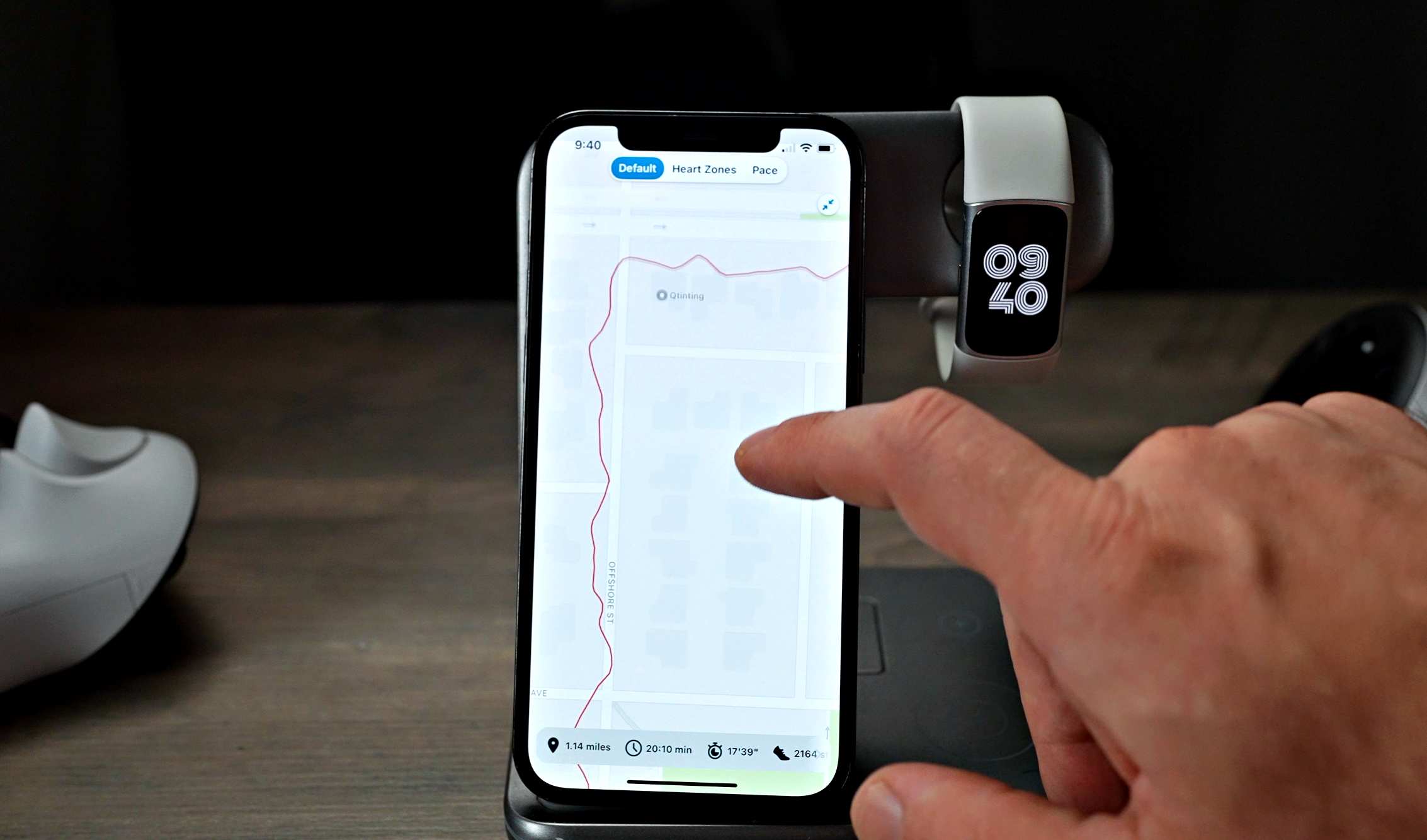
Also, another new feature that I think is pretty nice is that when paired with your phone, you can also connect your Fitbit Charge 6 to Google Maps. If you put walking or even driving directions on your phone, the Charge 6 can display turn-by-turn navigation guidance on your wrist. Since it’s Google Maps directions and not an actual map that you can see, it isn’t the most useful when out on the trails, but it is nice to use when running on streets.

Heart rate monitor
However, when discussing accuracy, we do have to talk about the new heart rate monitor, which Fitbit says has been improved, and after testing, I can confirm that yes, it definitely has been. Comparing the Charge 6 heart rate tracking to the gold-standard Polar H10 Chest Strap, the Fitbit stayed really consistent with it and, overall, performed excellently during multiple run tests.

Sleep, stress, and recovery
The Fitbit Charge 6 also emphasizes recovery through sleep and stress tracking. The sleep tracker works pretty well, though you do need to make sure you have it strapped on fairly tight, as even just a little bit of looseness can cause it to not track your sleep properly.
What’s particularly nice here is that every morning, you not only can see how well you slept but also your SpO2, body temperature, breathing rate, and heart rate variability (HRV). As I often mention in my videos, I find HRV tracking to be a very important piece of monitoring your health and recovery, and I am happy to see it tracked well here, which is great.

Then, while you’re awake, the Fitbit Charge 6 can analyze your stress via an EDA scan, which, when activated, detects the tiny changes in your sweat levels and, alongside heart rate tracking, helps create a daily stress score.
Fitbit will take all of this information and create a Daily Readiness Score, but we’ll discuss that in a moment when we get to Fitbit’s premium membership.
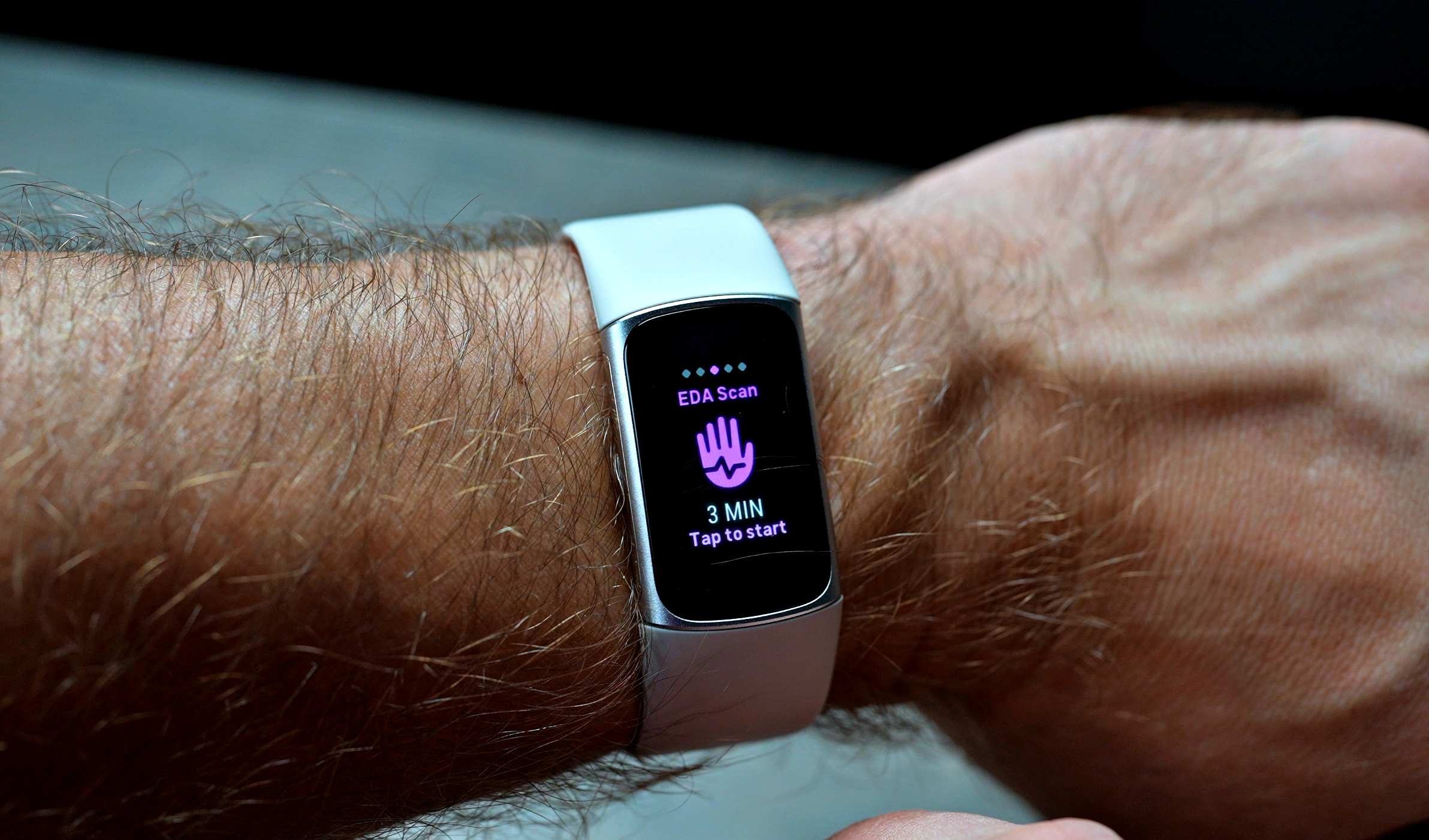
Other new features
First, however, let’s cover the other features here because, again, Fitbit really did manage to get a lot of stuff into this tiny device. For one, you can now broadcast your heart rate to other devices, which is the first time you can do this with a Fitbit device, and that is extremely useful. So now, this can be used with external fitness equipment like a Peloton Bike or Treadmill.
Also included now are music controls, which allow you to start, stop, or skip tracks when connected to your phone, though only if you use YouTube Music. And while it’s great if you have YouTube Music, it does feel like a shame that it just doesn’t control the music playing on your phone in general, like many other wearables do. It just sort of feels like Google is attempting to push people to use YouTube Music when I think all that does is push people away from devices like this toward more inclusive ones.
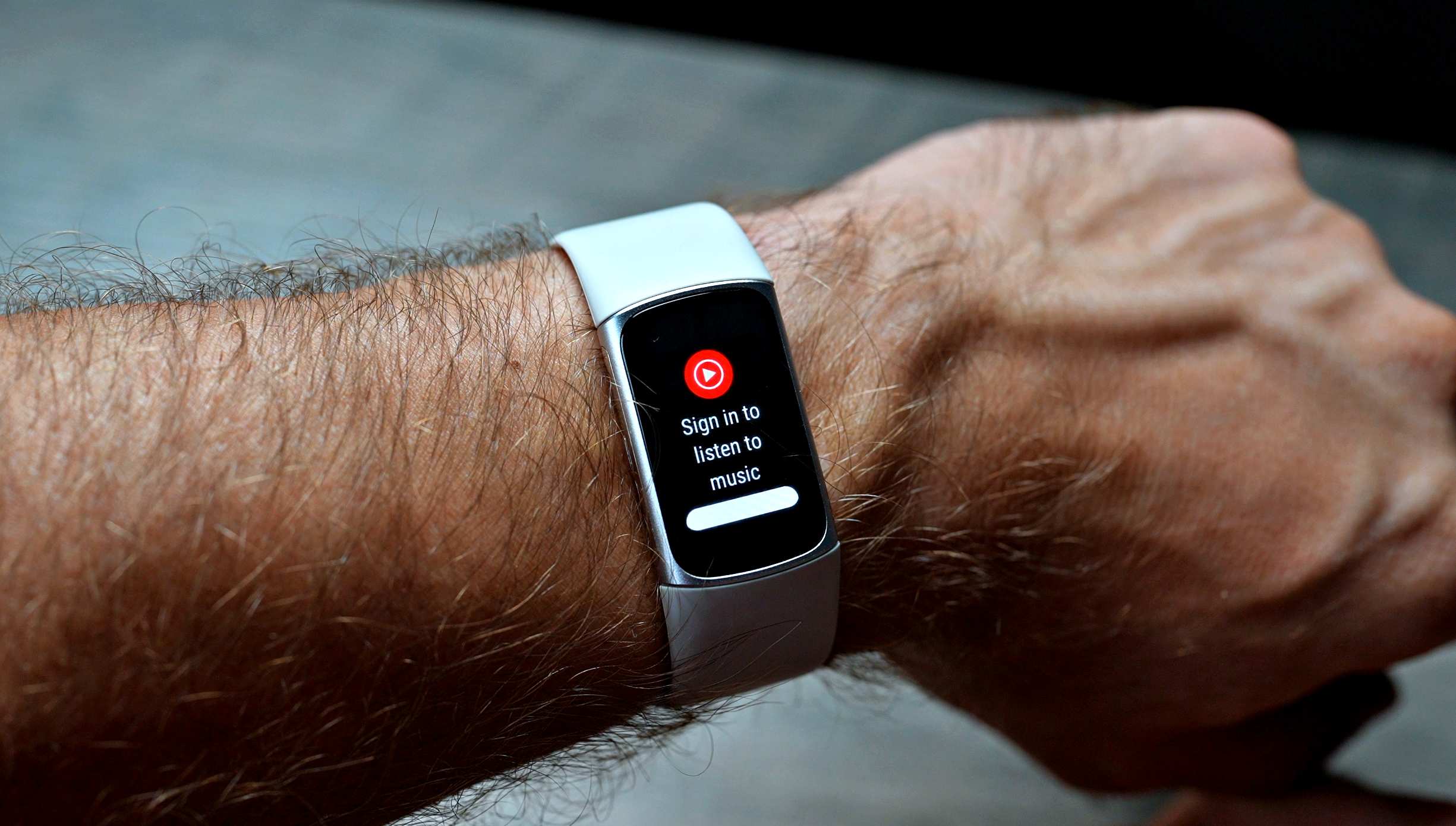
There is also an ECG app included, which allows you to get an ECG reading in around 30 seconds. There’s now Google Wallet support, which is great, so you don’t always have to carry your wallet around with you if you just want to get some of your cards set up here. Also, there is a new SmartTrack feature, which helps automatically start and record your workouts for you by noticing the movements you are doing. So, if you start running and forget to initiate a workout, it will usually recognize that, and you won’t miss out on any data.
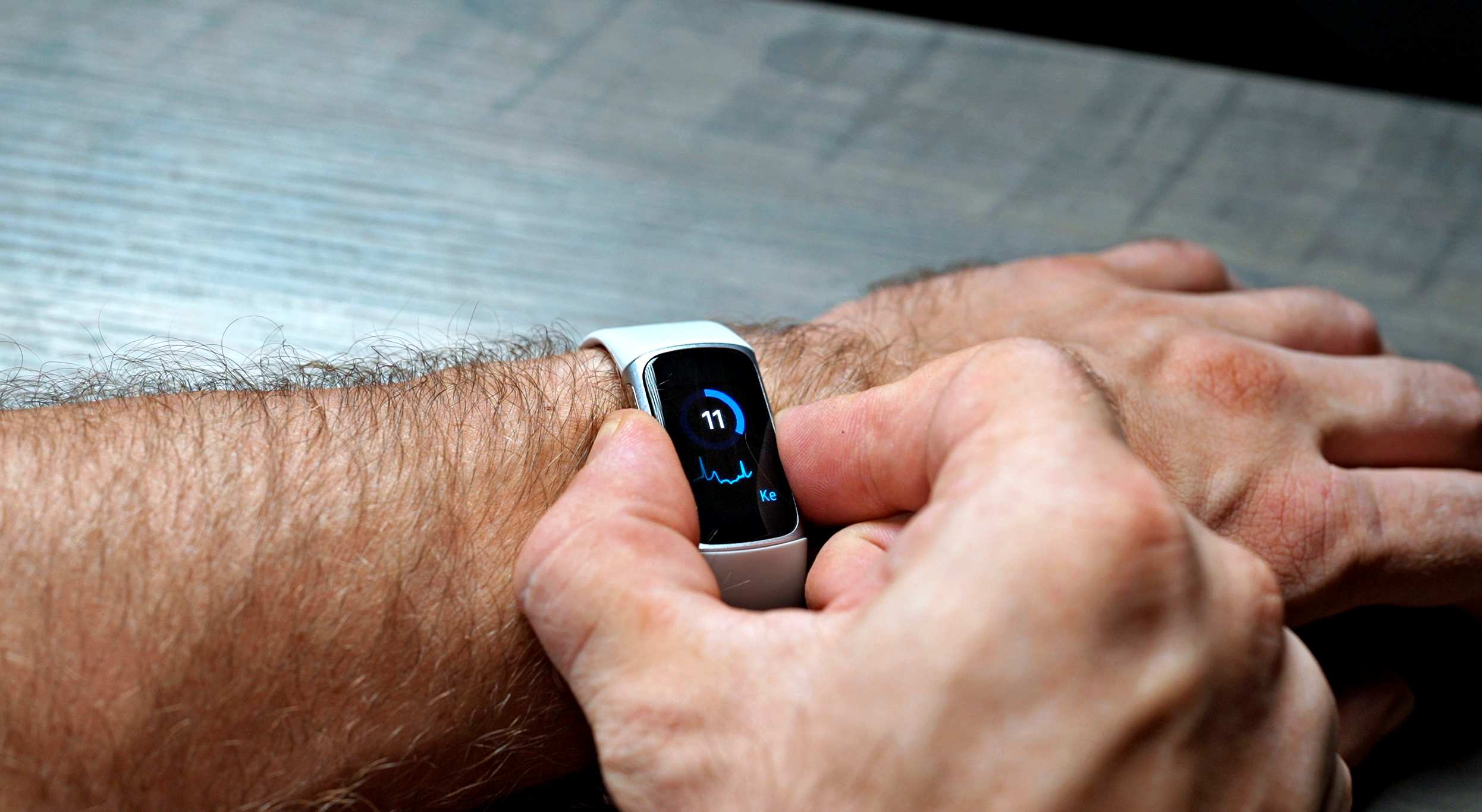
Fitbit Premium Membership
And then, of course, the Charge 6 comes with six free months of the Fitbit Premium membership. After which, if you wish to continue, it will cost an additional $9.99 per month.
The premium service gets you additional scoring like your Daily Readiness Score and further breakdowns of your sleep and stress scores. It also comes with a large amount of workouts you can follow.
Personally, I’m not a fan of this. But it’s far from the end of the world, as most of the information I would use is already here for free. You do lose the daily readiness score, which, to me, is not much of a loss at all, as I think it’s one of the least accurate readiness scores I’ve seen. It relies almost entirely on your previous activity and sleep to tell you if you’re ready for a hard day, but it should instead be focused much more on your HRV. The Stress Management Score breakdown is also something I wouldn’t mind losing, though the biggest bummer is that you lose the sleep breakdown with the ability to see your deep or REM sleep. That’s useful information to have, but I probably wouldn’t want to pay $10 a month for it, especially when almost every other device out there gives you this breakdown for free.
I do see the workouts being worth it for some people, though, as $10 per month for a pretty wide range of workouts isn’t a bad deal. I just wished it was entirely optional for those workouts only and that your sleep metrics weren’t locked behind that sort of paywall.

Final thoughts
All said, the Fitbit Charge 6 is a fitness tracker that I really like, and I think it would be a great option for a lot of people. If you are looking for a sleep and fitness tracker that’s simple to use, your exercise is more casual, and you don’t mind if the GPS tracking is a little off, then I would say this is a perfect fit, especially at this price point.
However, if you don’t need some of the features like GPS, heart rate broadcasting, or music control, then you still might be better off looking at the lower-cost Fitbit Inspire 3, which we reviewed last year.
FTC: We use income earning auto affiliate links. More.
